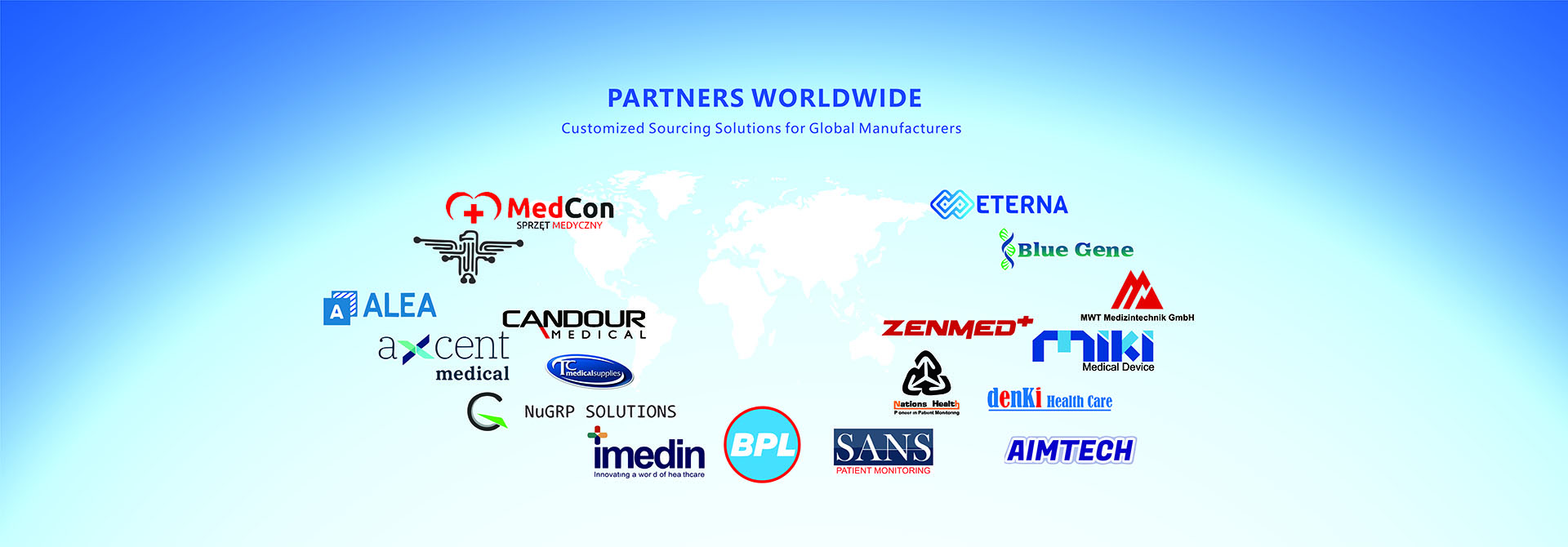At JONSEN LIMITED, ensuring compliance with medical standards is a cornerstone of our operations. We understand that in the medical industry, where quality, safety, and reliability are non-negotiable, compliance is essential for the success and trustworthiness of your products.
At JONSEN LIMITED, ensuring compliance with medical standards is a cornerstone of our operations. We understand that in the medical industry, where quality, safety, and reliability are non-negotiable, compliance is essential for the success and trustworthiness of your products.
When selecting LCD screens for medical devices, the following key parameters should be considered to ensure performance compliance and regulatory adherence:
- Resolution and Detail
Diagnostic-level devices (e.g., DR digital X-ray machines, ultrasound diagnostic equipment) require 4K/8K ultra-high-definition screens to accurately display tiny calcifications at the 0.5mm level. Basic devices like infusion pumps can balance cost and needs with 720P resolution. Some specialized ophthalmic OCT screens have even achieved a breakthrough with a pixel pitch of 12μm.
- Color Accuracy and Gamut
For pathological diagnosis applications, medical-grade screens with a color gamut covering 99% of Adobe RGB are used, with a color accuracy of ΔE<1.5 to accurately distinguish subtle color differences in hemoglobin oxygenation states. Endoscopic systems use 10-bit color depth panels that can display over 1 billion color gradations.
- Brightness and Contrast Performance
Operating rooms require ultra-high brightness screens of 1000cd/m², and some outdoor mobile DR displays even reach 1500cd/m² to remain clearly visible under direct sunlight. Panels with a contrast ratio of 3000:1 using local dimming technology can clearly display ground-glass opacities in lung CT scans.
- Wide Viewing Angle Technology
Panels with the latest IPS-Pro technology offer a full viewing angle of 178°, ensuring no color shift at any angle during multidisciplinary consultations. Some custom LCD screens on the market provide full-angle viewing, maintaining image consistency regardless of the surgeon's operating position.
- Medical-Grade Touch Solutions
Some manufacturers have developed their own anti-liquid mis-touch technology, which automatically switches to button operation mode when splashes are detected. Electromagnetic compatibility touch screens support precise operation by surgeons wearing double-layer latex gloves, with a tested linear error of less than 0.5mm.
- Product Lifecycle Management
When selecting suppliers, consider those with a supply assurance system and a stockpiling system for critical components. Good product lifecycle management can help manufacturing companies deal with material shortages and after-sales issues.



_TMrzP8.jpg)




